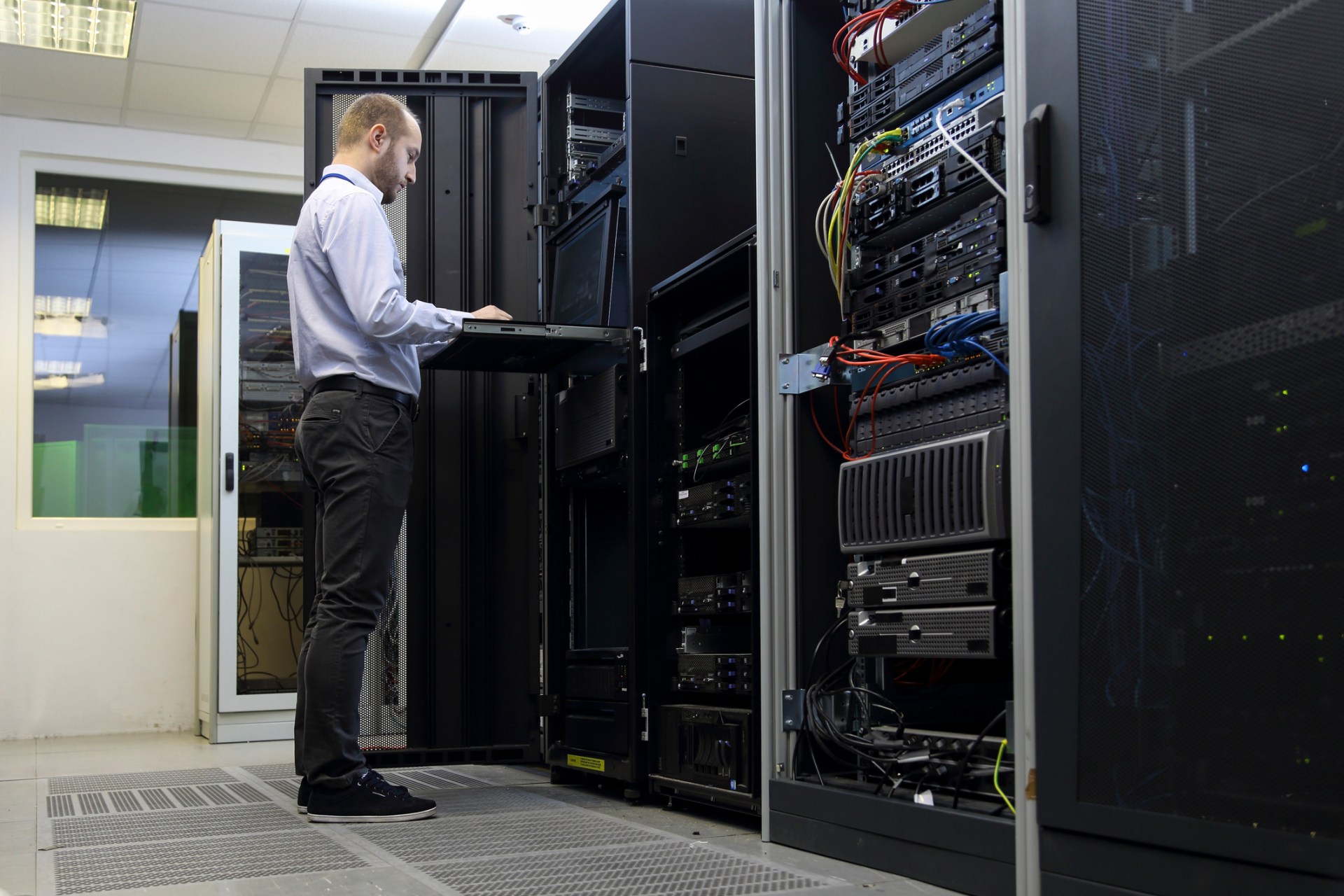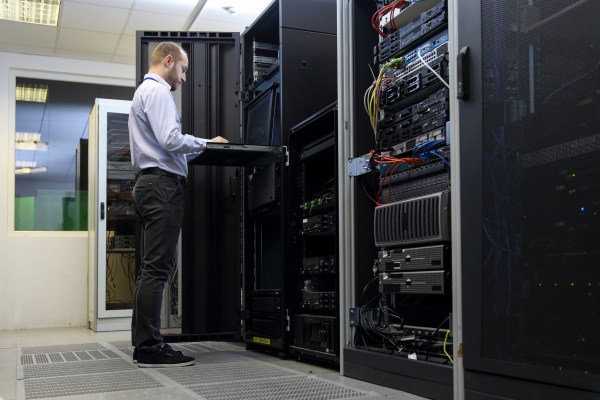

The use of colocation has grown alongside the use of hybrid IT. This means that maximizing the sustainability of colocation facilities is crucial to maximizing the sustainability of the technology sector as a whole.
Fortunately, colocation vendors are taking this responsibility very seriously. In particular, they are implementing green initiatives in key areas such as colocation power management. Here is a quick guide to what you need to know.
Colocation is the provision of data center infrastructure as a managed service. Essentially, the colocation vendor owns and manages the data center itself. Their clients own and manage their own equipment and the data on it.
Some businesses can fulfill all their processing needs through colocation. Many businesses, however, choose to use colocation as part of a hybrid IT environment. Generally, this will include the use of at least one public cloud. It may also involve the use of edge computing.
Power, specifically electricity, is fundamental to the operation of colocation facilities. How well that power is managed can therefore have a huge influence on a colocation facility’s performance, operating costs, and sustainability. For these reasons, colocation power management has become a huge issue for modern colocation vendors.
Modern colocation power management has largely become focused on three separate but related goals.
In the context of colocation power management, efficiency means providing equipment with precisely the right amount of electricity it needs to function optimally. This precision has three key benefits.
Firstly, it lightens the load on the power system. In other words, it ensures that the power system itself only does the minimum level of work required. This helps to improve its reliability and extend its working lifespan. Secondly, it makes operations more cost-effective. Thirdly, it makes them more sustainable.
Although colocation vendors are doing everything they can to make colocation power management more sustainable, sustainability cannot come at the expense of reliability. In fact, the importance of reliability has increased over the years due to the increased use of colocation facilities (e.g. for hybrid IT deployments). Fortunately, in general, it does not have to.
Reliability typically comes through the deployment of redundant infrastructure. This redundancy does carry an environmental footprint. It is, however, fairly low. Moreover, it is continuing to decrease as colocation facilities reduce their reliance on fuel generators and increase their use of on-site renewable power generation.
Measures that improve efficiency and/or reliability also tend to improve sustainability. Modern colocation vendors are, however, increasingly going beyond this and treating sustainability as a key performance indicator in its own right. In particular, they are actively looking for ways to implement green initiatives in their facilities.
Here are 10 examples of current green initiatives in colocation power management.
Power usage effectiveness (PUE) monitoring: Regular monitoring and optimization of Power Usage Effectiveness (PUE) allow colocation providers to assess the efficiency of their power usage.
Implementation of artificial intelligence (AI) for colocation power management: AI can be used for both predictive and dynamic resource allocation. This can make a significant contribution to overall energy savings.
Smart cooling systems: Sensors and automation can regulate cooling based on real-time server heat output. By dynamically adjusting cooling levels according to actual demand, colocation facilities can avoid unnecessary cooling.
Adoption of low-power consumption components: The use of energy-efficient hardware such as processors and solid-state drives can significantly lower power consumption.
Energy-efficient lighting and infrastructure: LED lighting, motion sensors, and optimized electrical systems contribute to reduced overall energy usage by humans in colocation facilities.
Liquid cooling solutions: Liquid cooling solutions dissipate heat more effectively than traditional air-cooling methods. By using liquids to cool servers, colocation facilities can achieve better thermal management, reducing the need for excessive air conditioning.
Integration of renewable energy sources: Installing solar panels on rooftops or wind turbines nearby allows the facility to generate its own clean energy. This reduces their dependence on non-renewable sources and mitigates their environmental impact.
Collaboration with green energy providers: By procuring electricity generated through sustainable means, colocation providers actively contribute to the growth of clean energy production.
Server virtualization and consolidation: Server virtualization involves running multiple virtual servers on a single physical server, reducing the overall number of servers needed in a colocation facility. This not only optimizes resource utilization but also leads to lower energy consumption as fewer physical servers require power, cooling, and maintenance.
Waste heat reuse: Colocation facilities can capture and repurpose waste heat generated by servers for heating purposes within the facility or nearby buildings. This minimizes heat dissipation and contributes to energy efficiency in heating applications.

Discover the DataBank Difference today:
Hybrid infrastructure solutions with boundless edge reach and a human touch.
Our website uses cookies to provide you with a better experience. Read our privacy policy for more information.Accept and Close